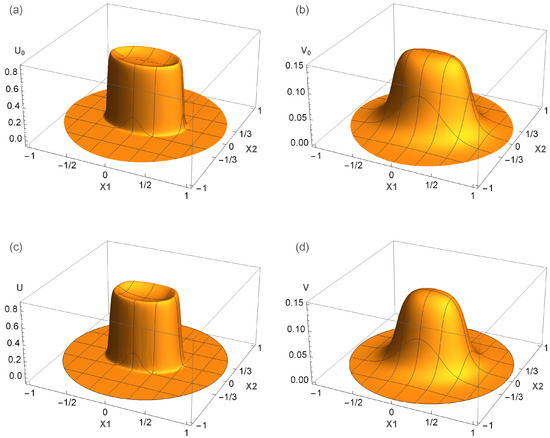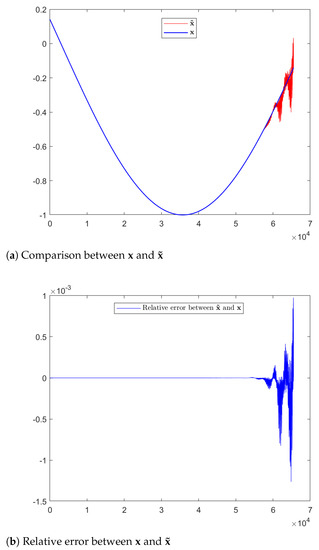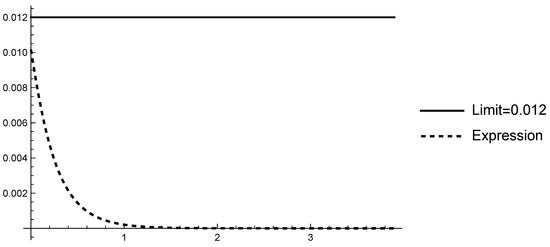Feature Papers in Randomized, Online and Approximation Algorithms
A topical collection in Algorithms (ISSN 1999-4893). This collection belongs to the section "Randomized, Online, and Approximation Algorithms".
Viewed by 11732Editor
Interests: scheduling; development of exact and approximate algorithms; stability investigations; discrete optimization; scheduling with interval processing times; complex investigations for scheduling problems; train scheduling; graph theory; logistics; supply chains; packing; simulation; applications
Special Issues, Collections and Topics in MDPI journals
Topical Collection Information
Dear Colleagues,
Many problems in different fields of research and application are so complex that one can find only approximate solutions within reasonable computational time, or they require an algorithm which makes decisions online on the basis of incomplete information. This means that either the search space is too large and complex to efficiently find an optimal solution, or the search space is not completely known. There has been substantial progress in the development of algorithms for such problems over the past decades.
This topical collection is dedicated to the presentation of new and innovative results in the field of the design and analysis of randomized, online, or approximation algorithms. This selection looks both for theoretical results and applications in the real world. Survey papers highlighting the most recent advances and trends in this field are also welcome. There are no restrictions regarding the length of a submission.
Prof. Dr. Frank Werner
Collection Editor
Manuscript Submission Information
Manuscripts should be submitted online at www.mdpi.com by registering and logging in to this website. Once you are registered, click here to go to the submission form. Manuscripts can be submitted until the deadline. All submissions that pass pre-check are peer-reviewed. Accepted papers will be published continuously in the journal (as soon as accepted) and will be listed together on the collection website. Research articles, review articles as well as short communications are invited. For planned papers, a title and short abstract (about 100 words) can be sent to the Editorial Office for announcement on this website.
Submitted manuscripts should not have been published previously, nor be under consideration for publication elsewhere (except conference proceedings papers). All manuscripts are thoroughly refereed through a single-blind peer-review process. A guide for authors and other relevant information for submission of manuscripts is available on the Instructions for Authors page. Algorithms is an international peer-reviewed open access monthly journal published by MDPI.
Please visit the Instructions for Authors page before submitting a manuscript. The Article Processing Charge (APC) for publication in this open access journal is 1600 CHF (Swiss Francs). Submitted papers should be well formatted and use good English. Authors may use MDPI's English editing service prior to publication or during author revisions.
Keywords
- mathematical programming
- operations research
- production planning, scheduling, logistics, and transport
- combinatorial optimization
- discrete mathematics, graph theory, and networks
- machine learning
- multi-criteria decision making
- design and analysis of algorithms
- distributed and parallel algorithms
- approximation algorithms
- parametrized approximation
- metaheuristics and matheuristics
- randomized algorithms
- online algorithms and competitive analysis
- new applications in real-world problems













